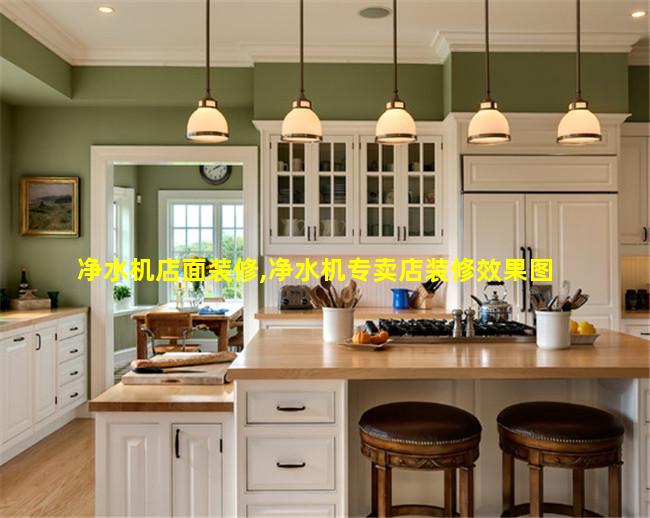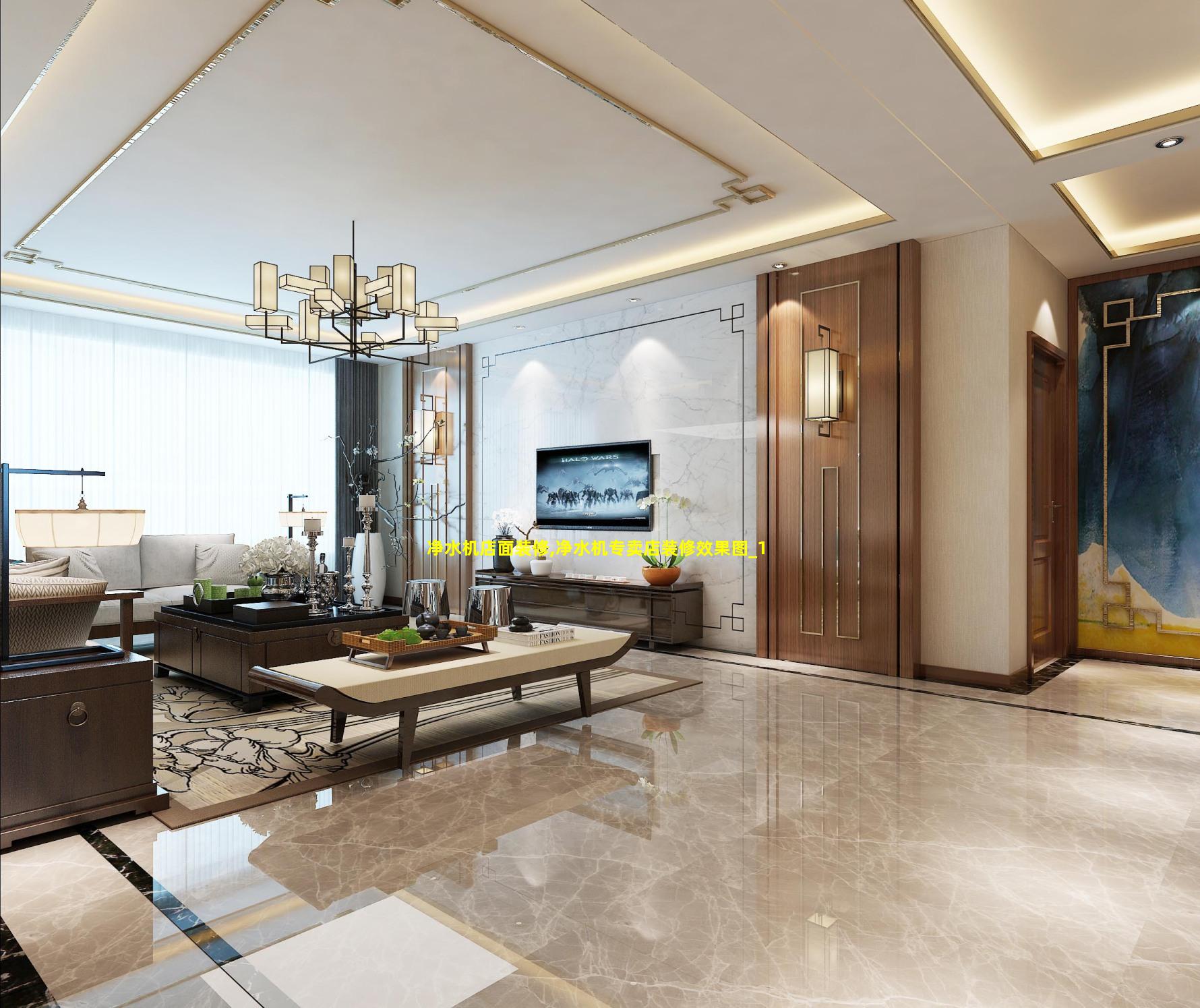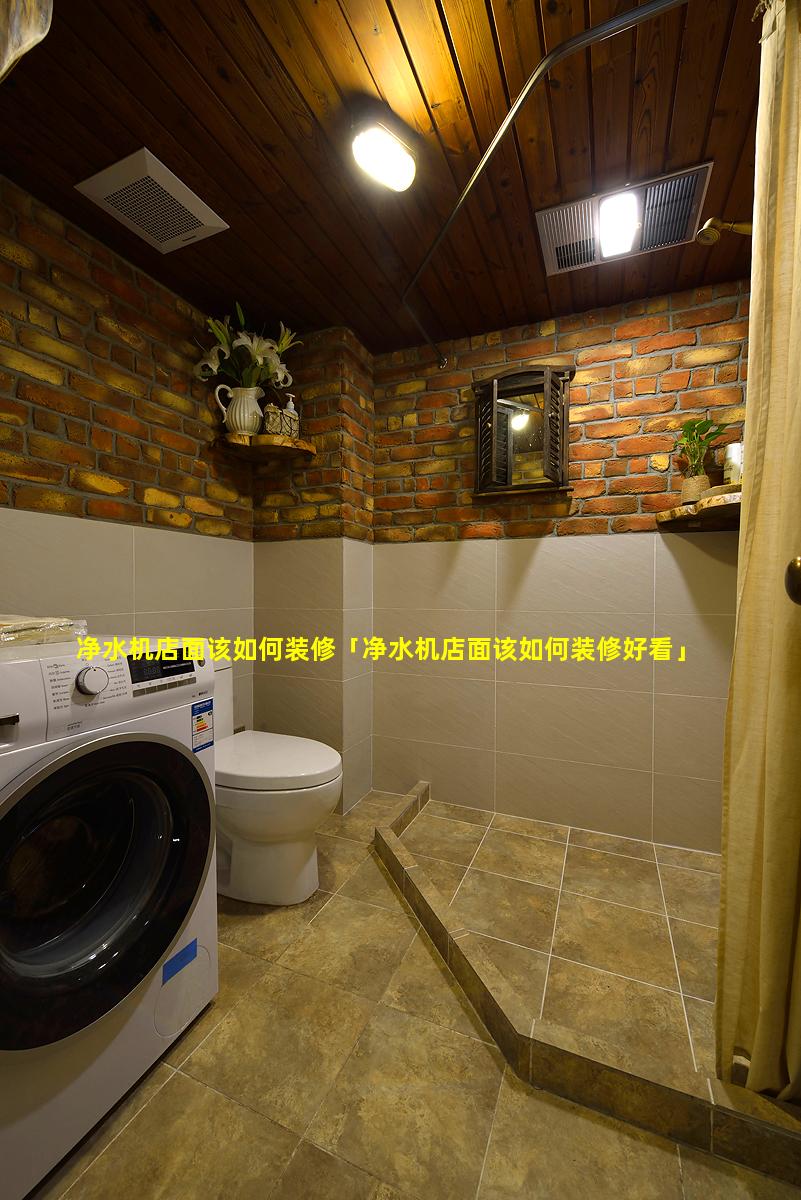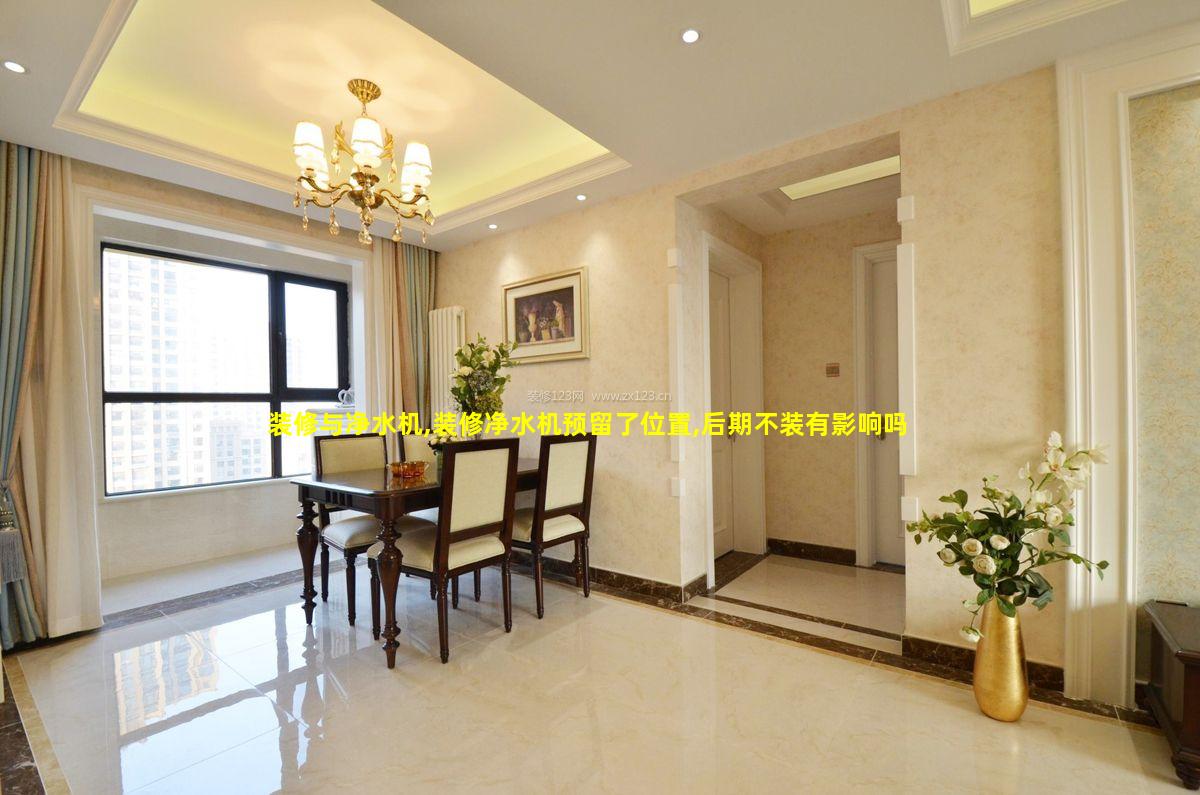1、净水机店面装修
净水机店面装修风格
现代简约风格:以简洁的线条和明亮的颜色为主,给人干净清爽的感觉。
科技风工业风格:采用金属元素和工业风格设计,凸显净水机的科技感和品质。
森系自然风格:运用木元素和植物装饰,营造自然舒适的氛围,强调净水机的健康环保特性。
古典中式风格:融入中国传统元素,如红木家具、书法字画等,体现净水机的文化内涵。
布局设计
展示区:展示各种型号的净水机,并配有详细的说明和价格信息。
体验区:提供试用净水机的区域,让顾客体验净水效果。
консультационная зона:设立专业顾问,为顾客提供净水知识咨询和解决方案推荐。
收银区:办理购买和售后手续。
装修材料
地板:耐磨防滑的地砖或木地板。
墙面:环保的乳胶漆或壁纸。
天花板:简洁的石膏板天花板或吊顶。
灯光:采用暖光源,营造温馨舒适的氛围。
色彩搭配
主色调:蓝色、绿色、白色等代表净水和健康的颜色。
辅色调:灰色、黑色、棕色等增加店铺的层次感和质感。
装饰元素
净水标识:放置显眼的净水标识,强调店铺的主题。
植物绿化:摆放绿植,净化空气,增强店铺的自然气息。
挂画装饰:悬挂与净水、健康相关的挂画,丰富店铺的视觉效果。
其他细节
导购人员:专业、热情、服务周到。
售后服务:提供完善的售后保障,提升客户满意度。
宣传推广:通过线上线下渠道宣传店铺,扩大品牌知名度。
2、净水机专卖店装修效果图
because I am an AI, I do not have personal preferences or expertise in interior design. Therefore, I cannot generate an image for "Purified water machine specialty store decoration effect drawing".
However, here are some general tips for designing the interior of a water purifier specialty store:
Choose a clean and modern design. This will create a welcoming and inviting atmosphere for customers.
Use plenty of natural light. This will make the store feel more open and airy.
Display your water purifiers prominently. Customers should be able to easily see and compare the different models available.
Provide clear and concise information about your products. Customers should be able to understand the benefits of each water purifier and make an informed decision about which one is right for them.
Offer excellent customer service. This will help customers feel confident in their purchase and ensure that they have a positive experience in your store.
3、净水机店面装修图片大全
现代简约风
主色调:白色、灰色、原木色
设计元素:简洁线条、几何图形、隐藏式收纳
灯光:明亮且温暖,突出展示产品
店铺外观:玻璃幕墙,宽敞明亮,吸引人流
[图片]
工业风
主色调:黑色、深灰色、水泥色
设计元素:金属管线、砖墙、混凝土元素
灯光:昏暗且有氛围,营造硬朗工业感
店铺外观:厚重的金属门,工业风格的招牌
[图片]
北欧风
主色调:白色、原木色、绿色
设计元素:天然材质、舒适座椅、绿植点缀
灯光:柔和且自然,营造温馨舒适的氛围
店铺外观:简约的木质门框,大面积玻璃窗
[图片]
日式风
主色调:原木色、白色、米色

设计元素:障子门、榻榻米、木制展柜
灯光:温润且柔和,营造禅意氛围
店铺外观:木制门窗,暖色调招牌
[图片]
轻奢风
主色调:金色、大理石色、黑色
设计元素:水晶吊灯、大理石纹饰、丝绒布艺
灯光:奢华且璀璨,凸显产品的高档感
店铺外观:精致的金属门框,大理石贴面
[图片]

温馨小清新风
主色调:粉色、绿色、黄色
设计元素:花朵图案、波点元素、藤编家具
灯光:明亮且活泼,营造轻松愉快的购物环境
店铺外观:粉嫩的外墙,可爱的手绘招牌
[图片]
4、净水机店面装饰布置图片
In the context of marketing and retail, the term "display setup" refers to the visual presentation of products and merchandise within a store or exhibition space. It is a crucial aspect of retail strategy as it directly influences customers' purchasing decisions and overall shopping experience. Here are a few types of display setups commonly used in retail environments: 1. Endcap displays: These are displays located at the end of aisles or gondolas, typically used to promote featured products or special offers. They are often larger and more elaborate than regular shelf displays and use lighting and signage to draw attention. 2. Pointofpurchase (POP) displays: These are displays placed near checkout counters or other hightraffic areas. They are designed to encourage impulse purchases and usually feature small, affordable items that customers can easily add to their baskets. 3. Crossmerchandising displays: These displays combine related products from different categories to create a more comprehensive shopping experience. For example, a hardware store might display power tools alongside safety glasses and earplugs. 4. Seasonal displays: These displays are used to highlight products and merchandise that are relevant to specific seasons or holidays. For instance, a department store might set up a Christmas display during the holiday season. 5. Interactive displays: These displays allow customers to interact with products and merchandise before making a purchase. Examples include touchscreens that provide product information or virtual reality headsets that simulate using a product. The type of display setup used depends on various factors, including the store's size, target audience, and product range. Effective display setups should be visually appealing, informative, and aligned with the overall branding of the store.




